Archives
- 2025-11
- 2025-10
- 2025-09
- 2025-04
- 2025-03
- 2025-02
- 2025-01
- 2024-12
- 2024-11
- 2024-10
- 2024-09
- 2024-08
- 2024-07
- 2024-06
- 2024-05
- 2024-04
- 2024-03
- 2024-02
- 2024-01
- 2023-12
- 2023-11
- 2023-10
- 2023-09
- 2023-08
- 2023-07
- 2023-06
- 2023-05
- 2023-04
- 2023-03
- 2023-02
- 2023-01
- 2022-12
- 2022-11
- 2022-10
- 2022-09
- 2022-08
- 2022-07
- 2022-06
- 2022-05
- 2022-04
- 2022-03
- 2022-02
- 2022-01
- 2021-12
- 2021-11
- 2021-10
- 2021-09
- 2021-08
- 2021-07
- 2021-06
- 2021-05
- 2021-04
- 2021-03
- 2021-02
- 2021-01
- 2020-12
- 2020-11
- 2020-10
- 2020-09
- 2020-08
- 2020-07
- 2020-06
- 2020-05
- 2020-04
- 2020-03
- 2020-02
- 2020-01
- 2019-12
- 2019-11
- 2019-10
- 2019-09
- 2019-08
- 2019-07
- 2019-06
- 2018-07
-
The Growth Hormone Secretagogue Receptor GHSR also known as
2021-09-13

The Growth Hormone Secretagogue Receptor (GHSR), also known as the ghrelin receptor, is a G protein-coupled receptor (GPCR) expressed widely throughout the body and brain, with particular enrichment in 1080 6 regions concerned with homeostatic and motivational function such as the hypothalamus, hip
-
Acknowledgements br Introduction Alzheimer s disease AD is
2021-09-13
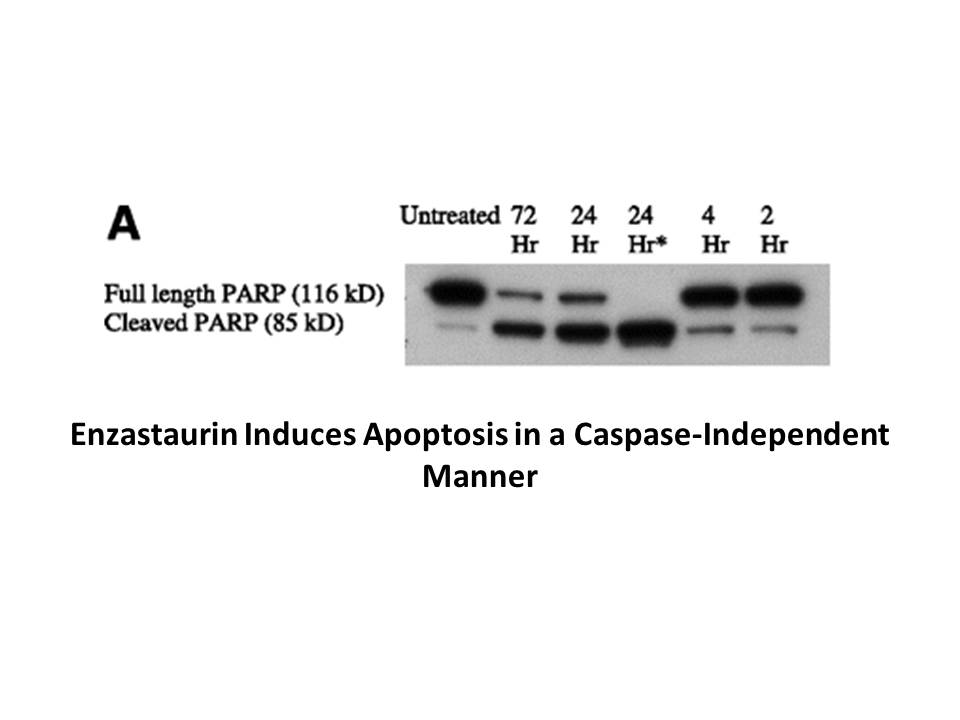
Acknowledgements Introduction Alzheimer's disease (AD) is a devastating neurodegenerative disorder and the leading cause of dementia. There is currently no treatment available to slow or halt disease progression. The underlying mechanisms of AD on the cell and molecular levels are still not com
-
With the identification of small nonpolar substituents at R
2021-09-13

With the identification of small nonpolar substituents at R3 of the phenylpropanoic acid ring providing improved activity at FFA4, exploration of the benzyl SAR was undertaken (). Small substituents were well tolerated at both the and positions (–) with the 2-bromo- (), 2-isopropoxy- (), and 3-met
-
Despite their undisputed importance however FPR receptors ar
2021-09-13

Despite their undisputed importance, however, FPR receptors are not in the limelight of GPCR-related research (for review [12] and references therein). We, therefore, draw attention to this GPCR receptor family, in order to re-initiate FPR-related research, particularly in the light of biased agonis
-
Several small molecules such as erastin and RSL
2021-09-13
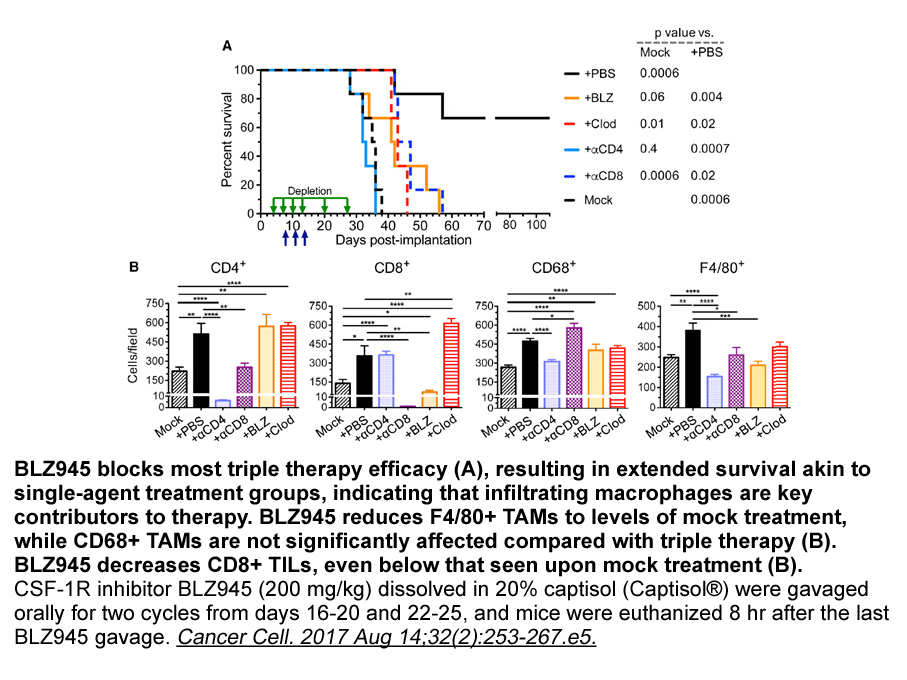
Several small molecules, such as erastin and RSL3, are reported to induce ferroptosis in both normal and cancer Nocodazole [21,22]. We confirmed that erastin-induced growth inhibition is an ideal ferroptosis model for cardiomyocytes. The erastin inhibits the growth of H9c2 cells in a Fe-dependent m
-
First identified in as the second mammalian glutathione
2021-09-13
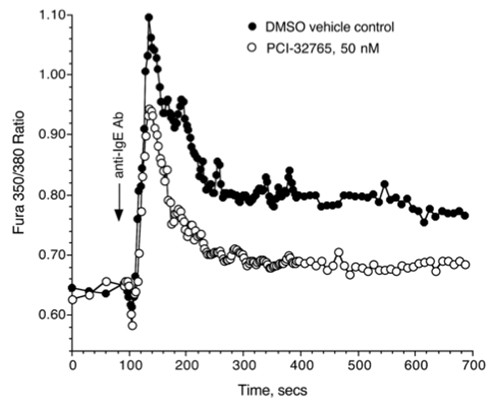
First identified in 1982 as the second mammalian glutathione peroxidase [23], we and Stockwell's group demonstrated in 2014 that the selenoperoxidase GPX4 is the key upstream regulator of ferroptosis [12], [13]. The role of GPX4 as the main regulator in the ferroptotic process is based on its unique
-
Data are expressed as means SE Statistical significance
2021-09-13
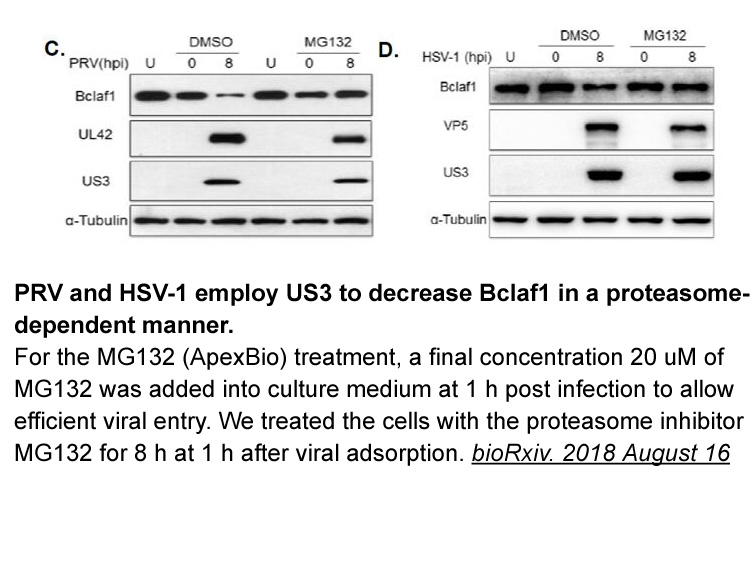
Data are expressed as means±SE. Statistical significance was determined by the Student's -test or ANOVA with post hoc Bonferroni test. A value of Cephalexin expressing human FPPS. Western blot analysis showed a clear band, which indicated the overexpression of FPPS, in U87MG cells (A, insert). Expos
-
Our observation that glioblastoma tumor cells
2021-09-13

Our observation that glioblastoma tumor cells express ETA-R in 6/10 cases contrasts with a recent publication reporting ETB-R expression in these tumors [17]. The reason for the discrepancy between that report and the present study might be due to the fact that glioblastomas with oligodendroglial co
-
Histamine modulates an attentional state which might
2021-09-11
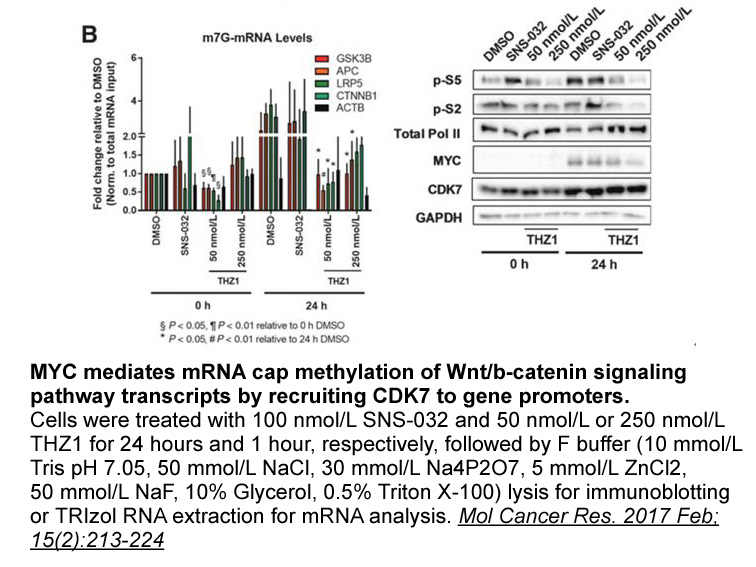
Histamine modulates an attentional state, which might affect performances in the object recognition test. Indeed, systemic injection of H3 receptor inverse agonists enhances the attentional state (41). However, the memory recovery in our study is unlikely to be due to the enhanced attentional state.
-
br Materials and methods br Results and
2021-09-11
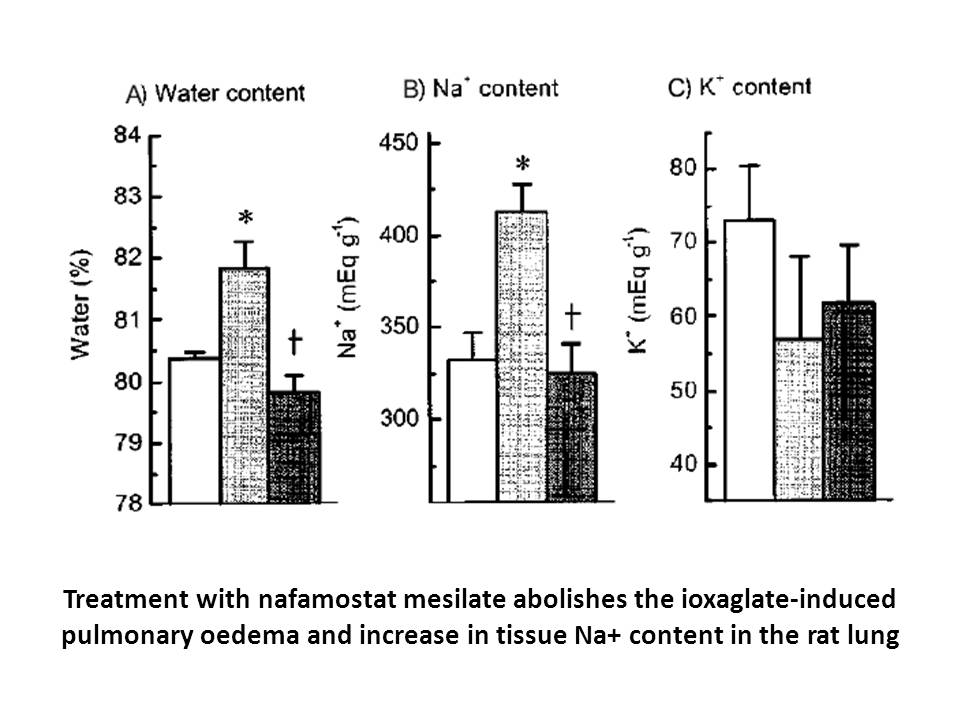
Materials and methods Results and discussion We recently found that the GlyT1 N-terminal and C-terminal sequences could be modified by phophorylation, or partially lost under pathological conditions by calcium-dependent proteolysis (Baliova and Jursky, 2005, Baliova and Jursky, 2010). While re
-
Introduction Human immunodeficiency virus HIV persue to
2021-09-11

Introduction Human immunodeficiency (+)- Corydaline mg (HIV) persue to be a major global public health problem (Joint United Nations Programme on HIV/AIDS, 2018). Globally, 36.9 million (range, 31.1 million–43.9 million) people were living with HIV in 2017 (UNAIDS, 2018a). The burden of the epidem
-
br GPR a G protein
2021-09-11
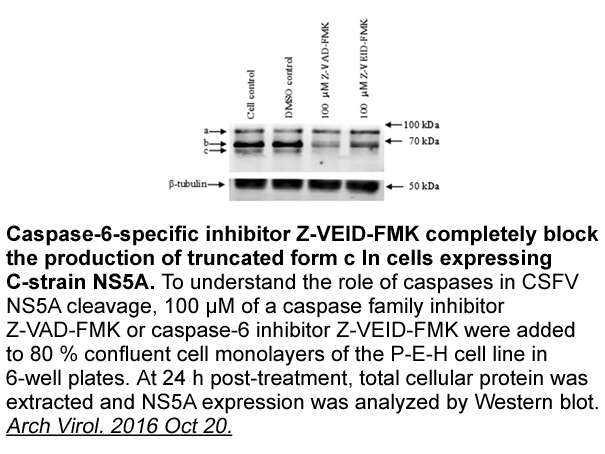
GPR35, a G protein-coupled receptor (GPCR), was discovered and classified as an orphan GPCR in 1998 and deorphanized in 2006 by the discovery of kynurenic rxr receptor as the endogenous agonist. Since its discovery, limited references on the GPR35 receptor have appeared, due in part to a scarcity
-
In addition to gonadotropes GnRHRs have also been detected o
2021-09-11

In addition to gonadotropes, GnRHRs have also been detected on somatotropes, lactotropes, thyrotropes, melanotropes, somatolactin (SL) cells, and/or corticotropes using immunohistochemical, radioligand-binding, or mRNA expression approaches across species; including fishes, rats, and humans (La Rosa
-
Sal 003 Taking into account abovementioned vitamin
2021-09-11
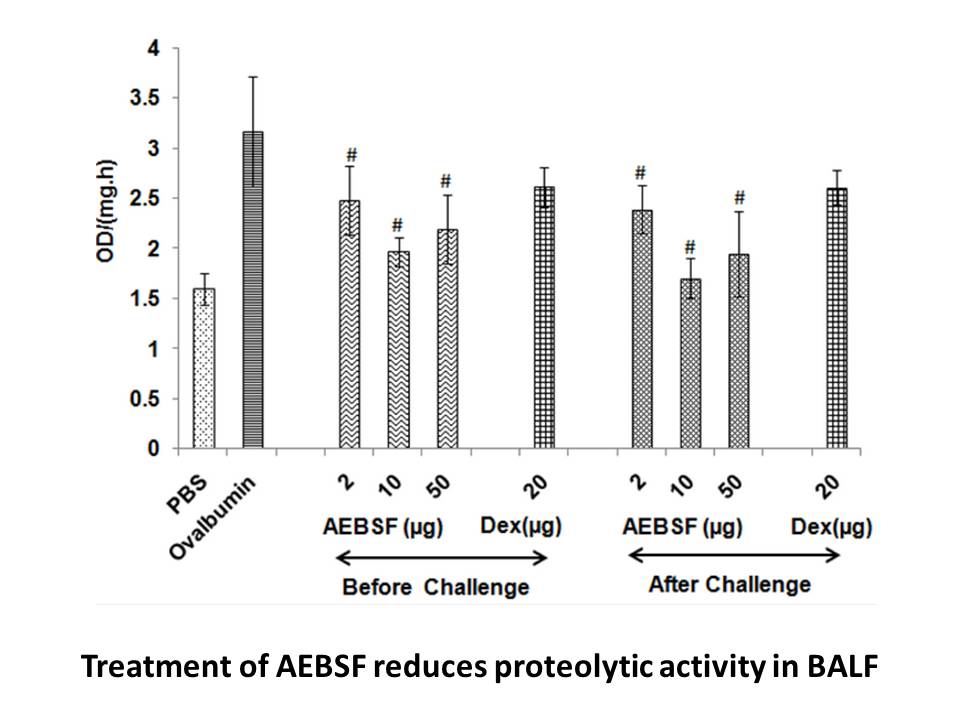
Taking into account abovementioned, vitamin D3 deficiency effects on synaptic neurotransmission can be considered as targeting both Ca2+-independent and Ca2+-dependent processes. Ca2+-independent action of vitamin D3 deficiency is associated with a decrease in the expression of glutamate and GABA tr
-
ATP is essential for maintaining the
2021-09-11
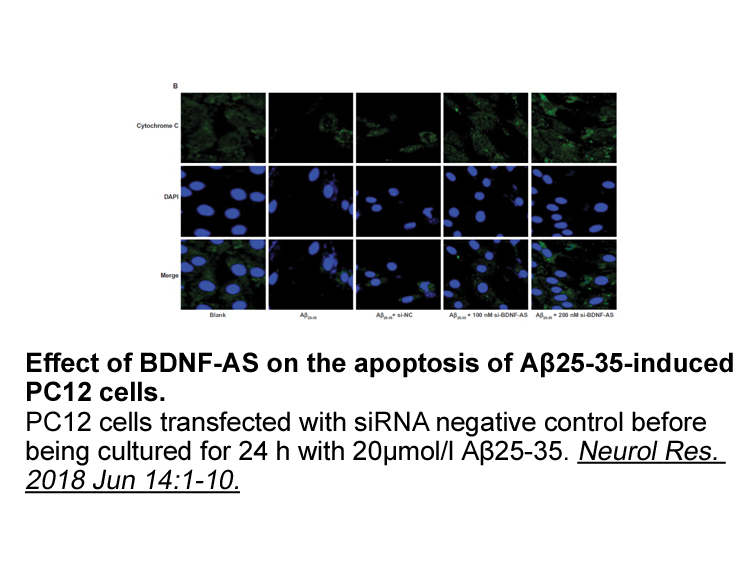
ATP is essential for maintaining the ionic balance of the lens (Michael and Bron, 2011). Without sufficient ATP there is an ionic imbalance due to Na+K+ATPase dysfunction. Previous studies have shown that rabbit lenses incubated ex vivo without glucose rapidly lost ATP in their lens epithelium and f
14923 records 568/995 page Previous Next First page 上5页 566567568569570 下5页 Last page